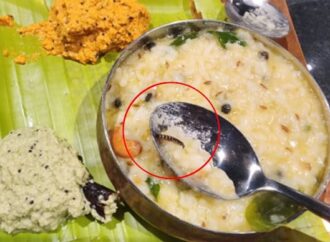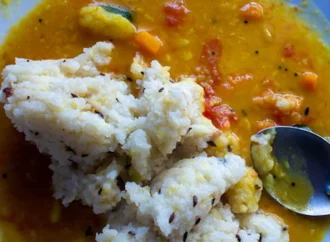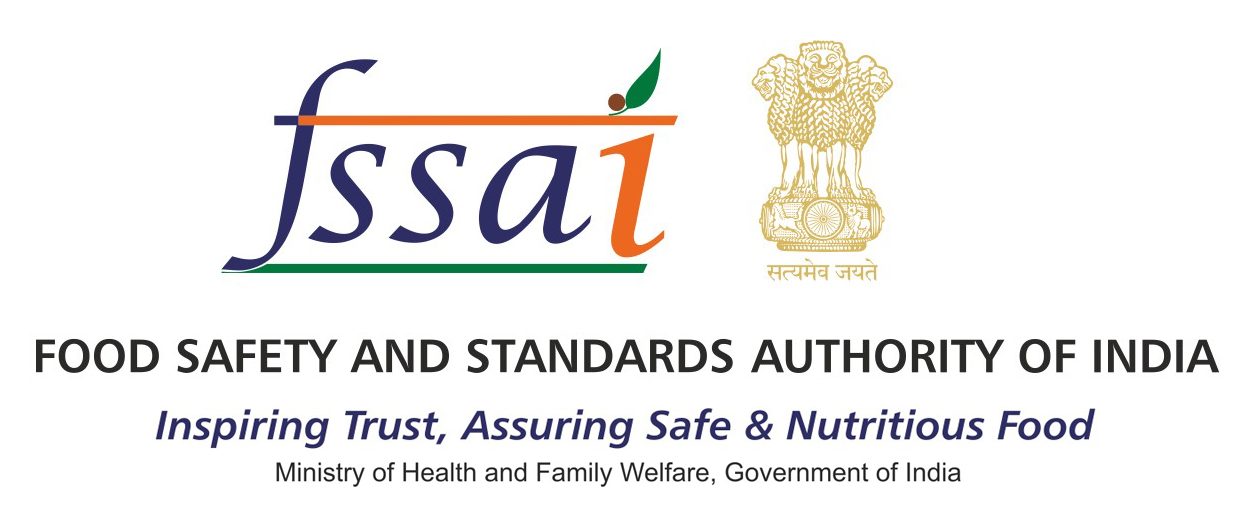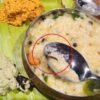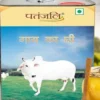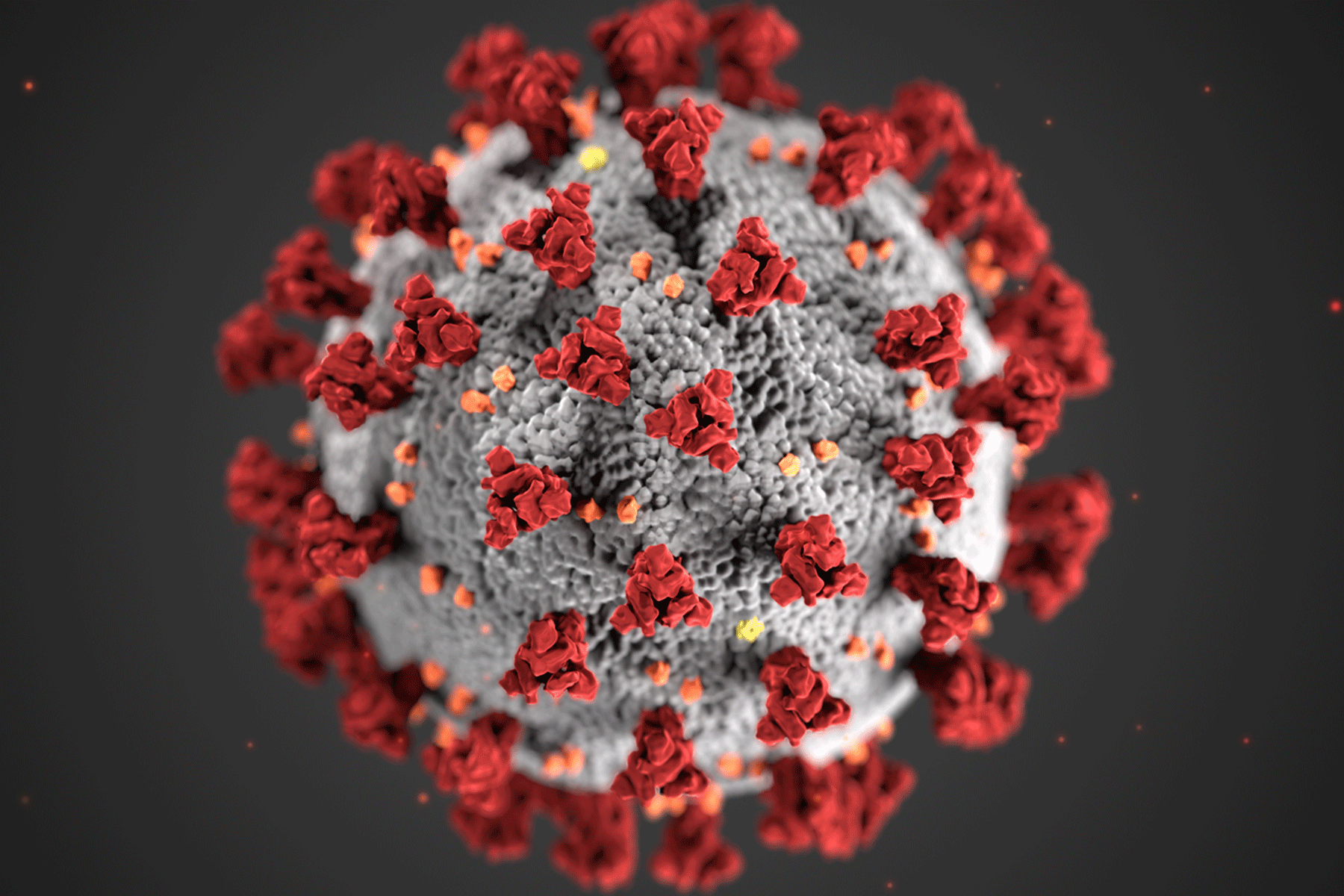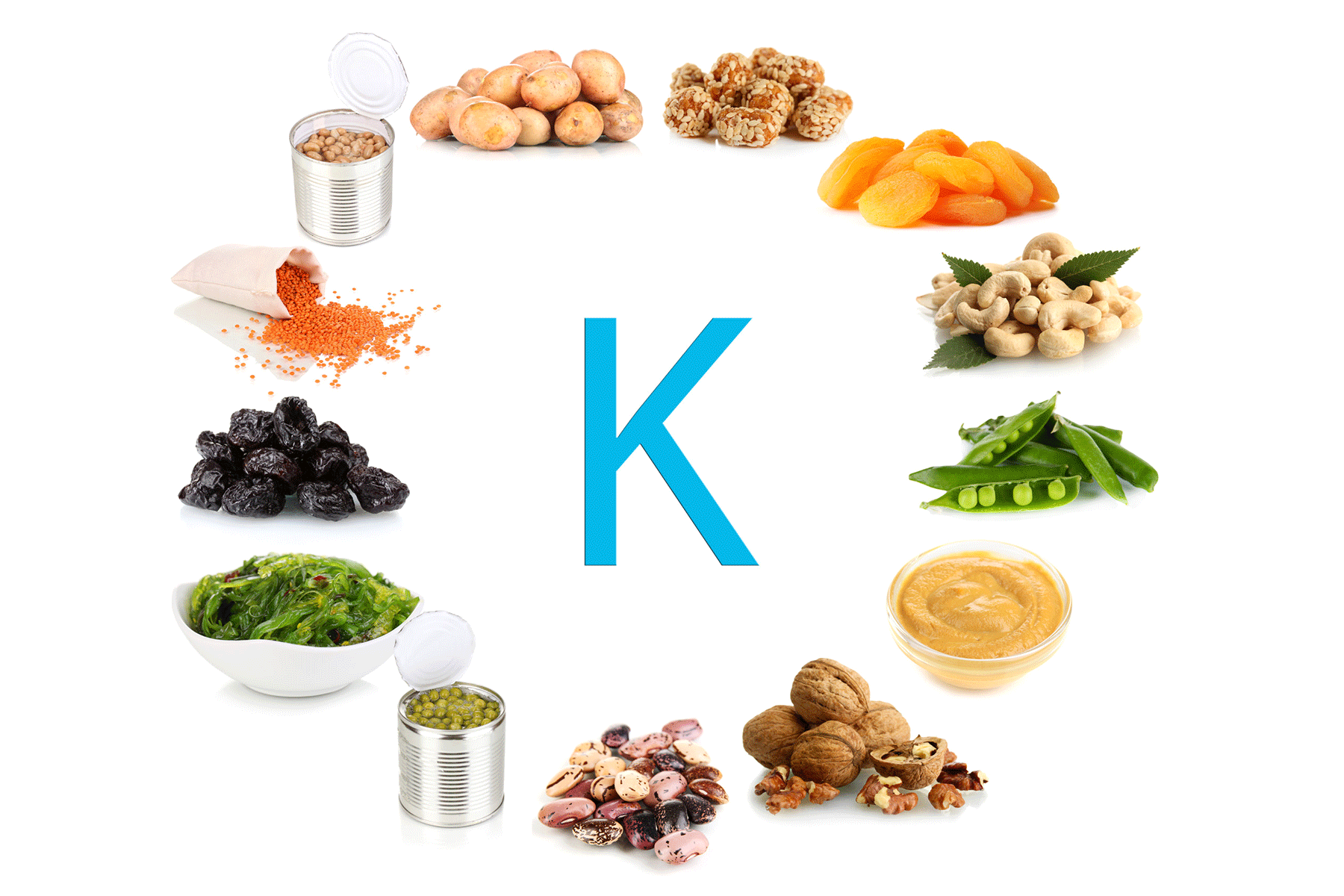Key Development
Algae protein, especially phycocyanin from spirulina, is emerging as a promising natural blue food colour. Blue pigments are rare, and phycocyanin offers a bright blue shade that could replace synthetic dyes like Blue No. 1 and Blue No. 2, which face growing health concerns and bans in several U.S. states. At the same time, consumers want “clean label” foods made with safe, natural ingredients. Spirulina, a type of blue-green algae, contains phycocyanin (PC), a bright blue protein used in some products like M&Ms. However, its wider use is limited because it breaks down when exposed to heat or light, making it unstable in many packaged foods.
To fix this, Professor Alireza Abbaspourrad and Ph.D. student Qike Li from Cornell University developed a chemical method to make phycocyanin more stable and functional. Their process breaks large, unstable PC molecules into smaller, uniform pieces that form better emulsions—mixtures that hold colour and nutrients well in oil-based foods.
How They Validated It
The team used Small Angle X-ray Scattering (SAXS), a precise imaging technique, to study the protein’s structure at the nanoscale. This showed that the modified phycocyanin has improved properties for use in food. The enhanced phycocyanin not only adds colour but also acts as an emulsifier (mixing oil and water) and an antioxidant (protecting food quality). This means it could replace several synthetic additives, making ingredient lists cleaner.
Future Prospects
Though phycocyanin currently costs more than artificial dyes, its natural source and health benefits make it a strong candidate for the future. The researchers plan to work with food companies to scale up production and bring this natural blue dye to market. As demand for natural ingredients grows, this algae-based pigment could change food colouring by offering a safer, more effective alternative to synthetic dyes.
Source: Foodtech News
 Food Manifest
Food Manifest 
